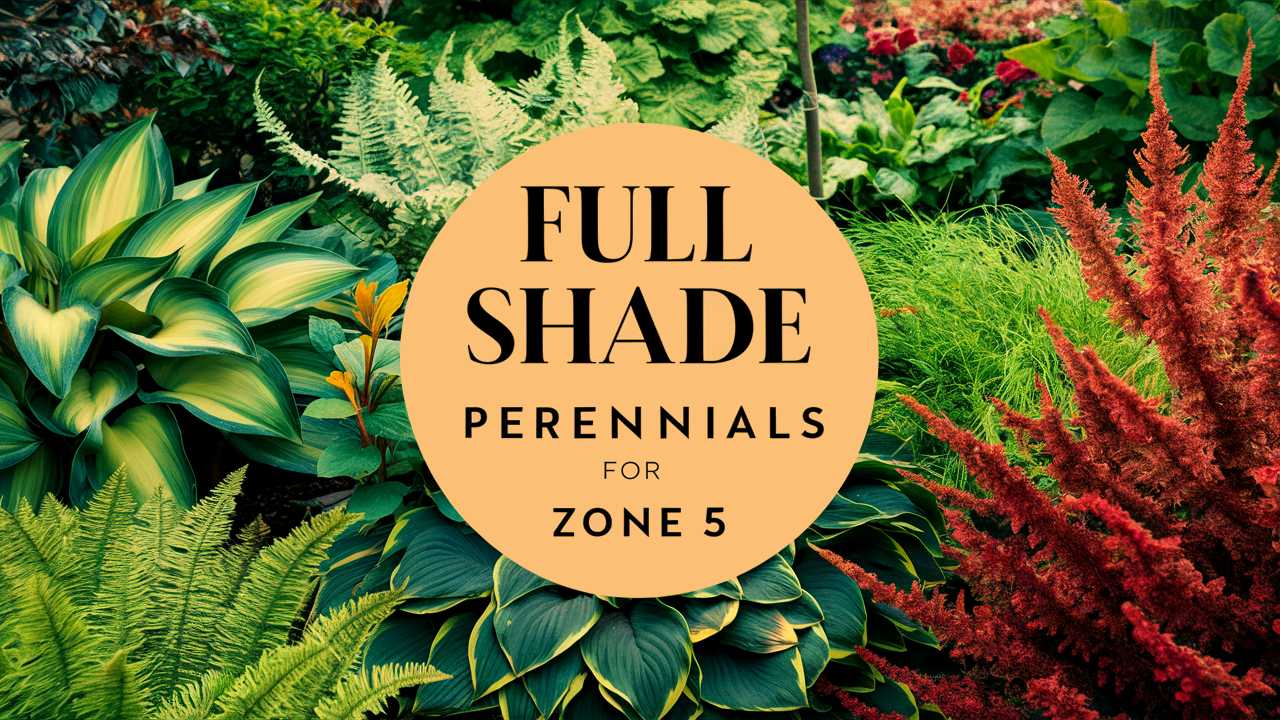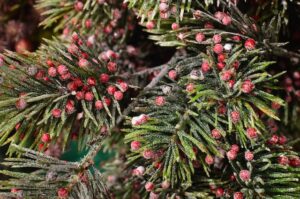Below we’ll explore a comprehensive exploration of some of the most exquisite shade perennials, ideal for Zone 5.
Astilbe

Astilbe is a favorite among shade gardeners, prized for its feathery, plume-like flower spikes that come in a range of colors, including pink, white, red, and lavender. Thriving in moist, well-drained soil, this perennial can add an ethereal quality to your shaded retreats. It’s also a low-maintenance plant, making it perfect for those who want to create stunning displays without the constant attention. Pair Astilbe with ferns or hostas for an enchanting woodland effect.
Astilbe is known for its ability to attract pollinators, including bees and butterflies. When planting, consider selecting a cultivar based on the bloom time, as they can flower from early to late summer. This lengthens the color display in your garden, allowing you to enjoy it for many months.
Barrenwort
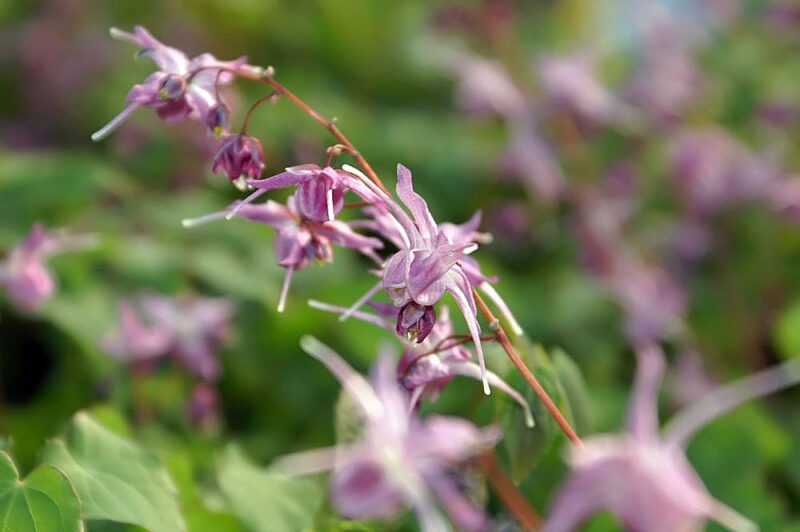
Also known as Epimedium, Barrenwort is an underused gem in the world of shaded gardens. Not only does it thrive in poor soils, but it also boasts attractive heart-shaped leaves that emerge in early spring, often adorned with delicate, star-like flowers. Available in shades of yellow, pink, and white, Barrenwort is also deer-resistant, making it an excellent choice for those with wildlife in their garden.
One unique characteristic of Barrenwort is its ability to spread and form a lovely ground cover. This makes it an excellent choice for suppressing weeds in shaded areas. With its adaptable nature, fast growth, and subtle beauty, Barrenwort holds its ground as a necessity in any shade garden within Zone 5.
Boston Ivy
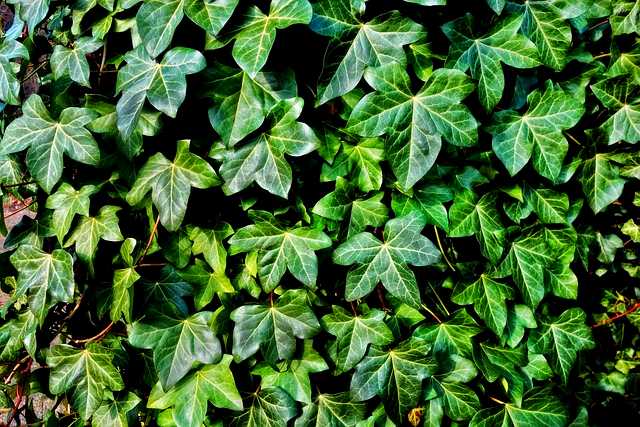
Boston Ivy, or Parthenocissus tricuspidata, brings a beautiful backdrop to fences, walls, or trellises with its lush green foliage that transforms to vibrant reds and oranges in the fall. Though it is mainly a climbing plant, it can also be used as a ground cover, providing interest and texture under larger trees.
It’s important to note that Boston Ivy prefers slightly acidic soils and should be planted with care, as its growth can become vigorous. However, the benefits are immense, as this hardy perennial effectively combats erosion while providing a striking seasonal display. Whether you use it to cloak unattractive structures or blend into a natural landscape, Boston Ivy introduces an element of sophistication to any shade garden.
Bleeding Heart
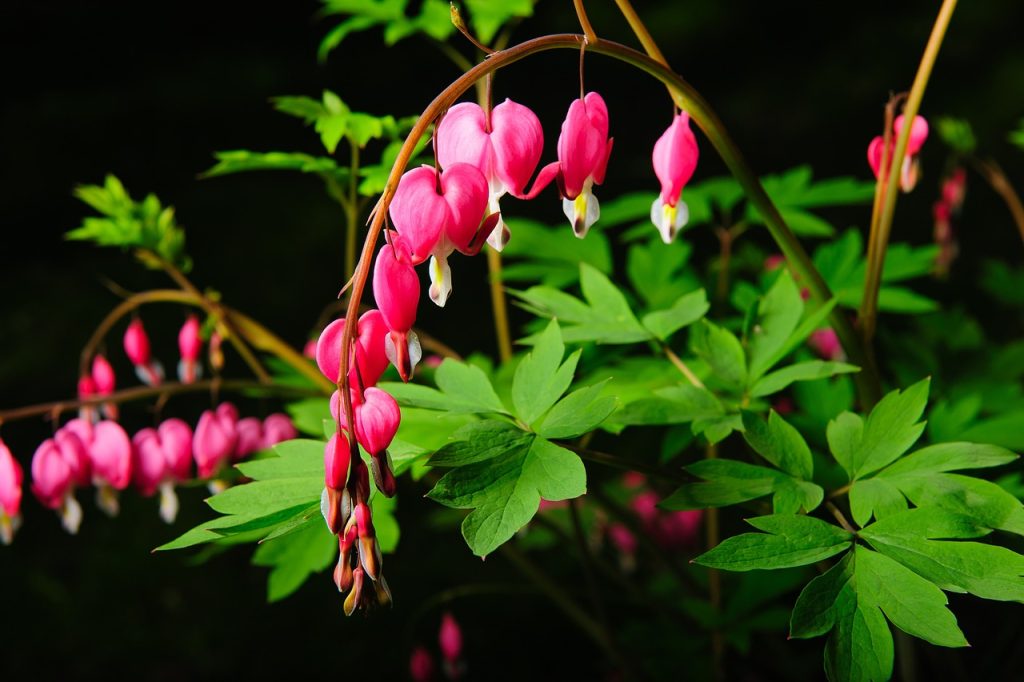
The Bleeding Heart, or Dicentra spectabilis, is an iconic perennial that evokes fond memories for many gardeners. Its heart-shaped flowers dangle gracefully from arching stems in shades of pink or white, providing a fairy-tale quality to any shaded garden space. This plant prefers moist, well-drained soils and, ideally, a location with partial to full shade.
Bleeding Hearts are particularly effective as focal points in a shady perimeter. They pair beautifully with other spring bloomers, creating an eye-catching tableau with their unique shapes and delicate colors. As summer approaches, they tend to go dormant, but their lush foliage and striking flowers make them worth the wait.
Bush Honeysuckle
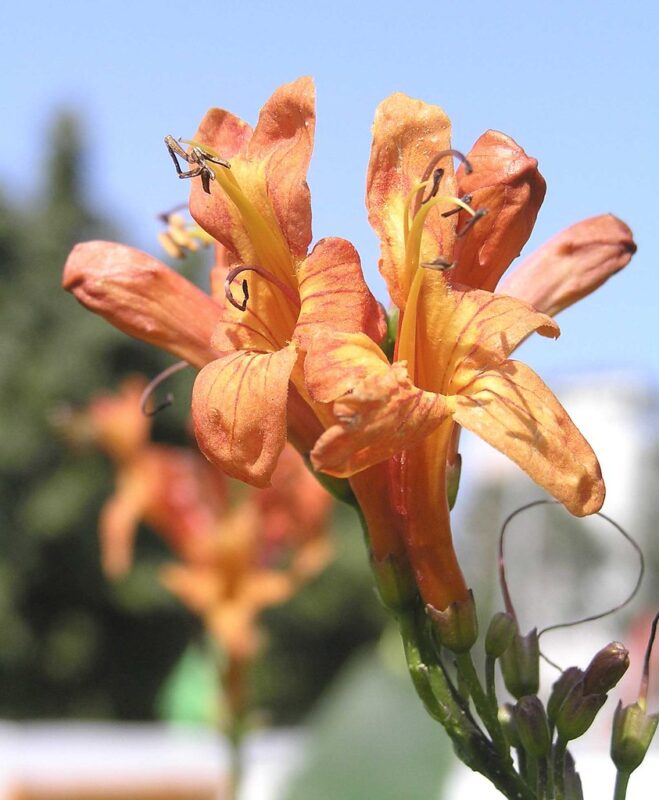
Bush Honeysuckle, or Lonicera maackii, is a shrub that thrives in various conditions, including shady areas. Its fragrant flowers bloom in early spring, attracting hummingbirds and providing beautiful, lush green foliage through the summer. While this perennial does well in shade, be cautious—Bush Honeysuckle can be invasive in certain areas, so regular management is necessary to prevent it from overtaking your garden.
One noteworthy advantage of Bush Honeysuckle is its ability to flourish in poor soil conditions, making it an excellent choice for less maintained areas. As it attracts pollinators and offers seasonal interest, it should be considered thoughtfully to maximize its benefits while maintaining control over its growth.
Climbing Hydrangea
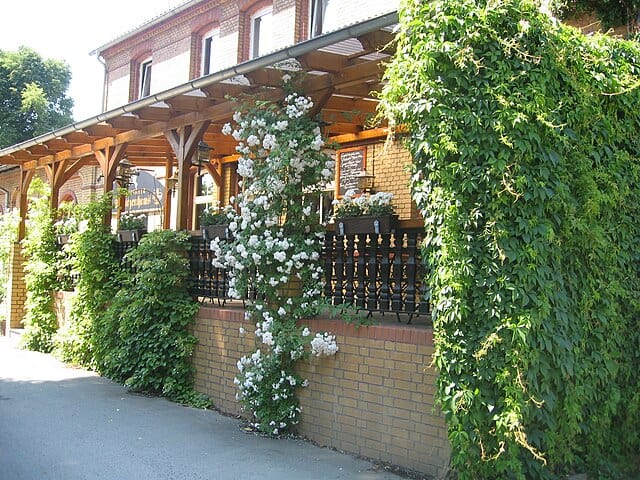
For those looking for vertical interest in their shaded spots, the Climbing Hydrangea (Hydrangea anomala petiolaris) is a versatile choice. Its ability to ascend surfaces creates a stunning floral display in shaded corners, with large white flower clusters that bloom throughout the summer months. With its glossy green leaves and bark, it provides year-round beauty even when not in bloom.
Climbing Hydrangea prefers a moist and slightly acidic soil, making it vital to prepare a good planting site. This perennial pairs well with trees, brick walls, or fences, adding a romantic touch to any garden space. Though it may take a few years to establish, the reward of lush foliage and stunning flowers is undoubtedly worth the wait.
Columbine
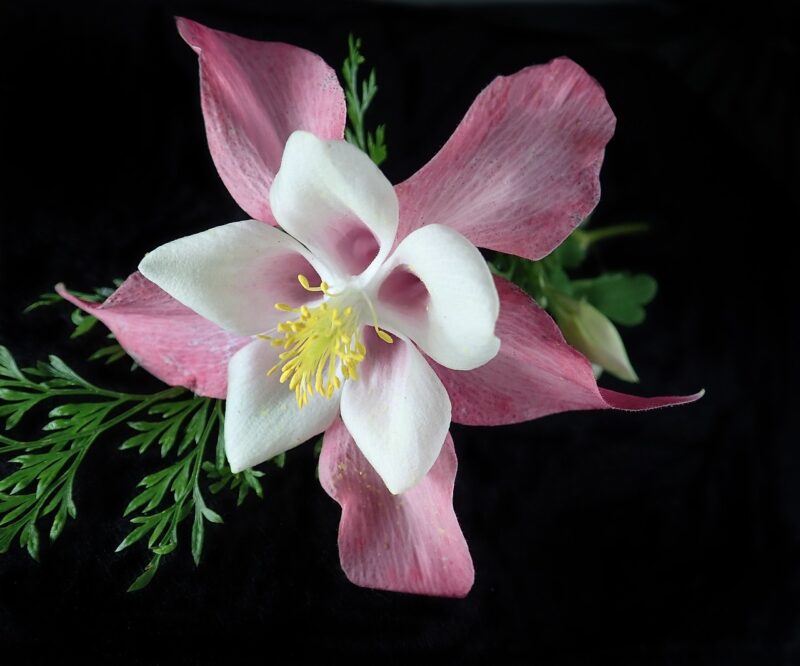
Columbine, or Aquilegia, is a charming perennial that showcases intricate blooms in a delightful range of colors, including blues, purples, yellows, and reds. This plant is known for its unique flower shape, resembling a whimsical bell, and provides a delicate beauty that brings life to shady areas.
Growing well in both partial shade and full shade, Columbine tends to self-seed, offering surprises in the form of vibrant new plants in the following seasons. Its ability to attract butterflies will only enrich your garden’s atmosphere. With various cultivars available, you can mix and match colors for a patchwork display that changes with every bloom.
Coral Bells
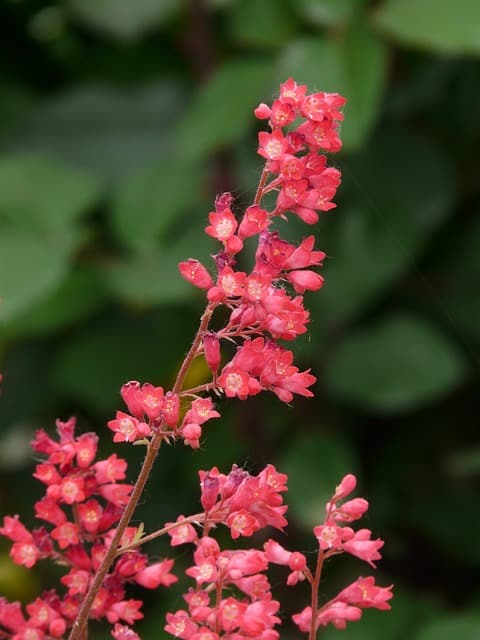
Known for its stunning foliage, Coral Bells (Heuchera) are a fabulous addition to any shade garden. With leaves that range from deep purples and burnt oranges to bright lime greens, these perennials provide an intriguing layer of texture. Their tall stems are adorned with delicate flowers, typically in shades of white or pink, creating a striking contrast against their colorful leaves.
Coral Bells thrive in rich, well-drained soil and prefer partial shade. Given their diverse color palettes, these plants work beautifully as a border plant or tucked into pockets among other perennials. With their striking combination of beauty and adaptability, they are a must-have for enhancing your shaded spaces.
Creeping Myrtle
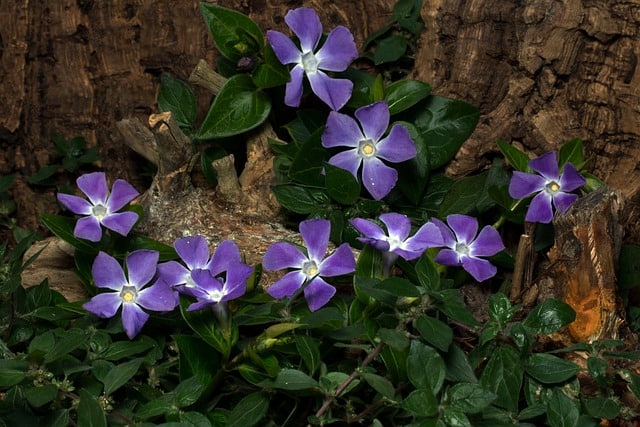
Creeping Myrtle, or Vinca minor, is a popular ground cover adaptable to various shade conditions. It features glossy green leaves and charming purple flowers that bloom from spring to early summer, providing a blanket of color and life in shady areas. This perennial thrives in well-drained soils, making it ideal for even the most cluttered garden nooks filled with shade.
One remarkable aspect of Creeping Myrtle is its resilience against deer and other herbivores, making it a low-maintenance choice for gardeners. As it spreads quickly, it can effectively suppress weeds while creating a soft, lush carpet. This lovely plant may also contribute to a more natural woodland aesthetic, perfectly encapsulating the beauty of shade gardening.
Dutchman’s Breeches
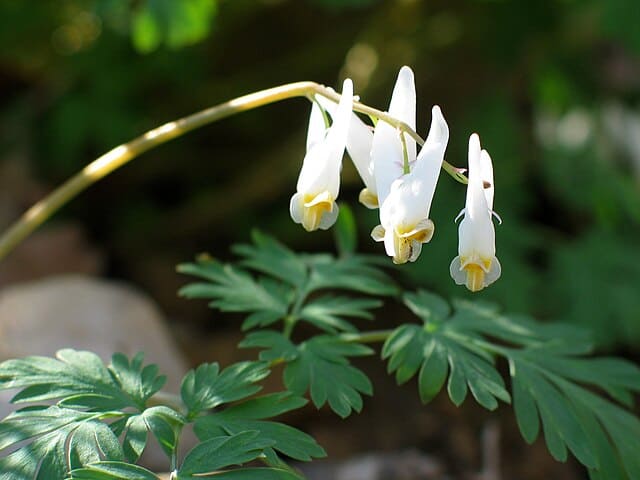
A unique addition to any shade garden is Dutchman’s Breeches (Dicentra cucullaria), known for its distinctive, pant-shaped flowers resembling little breeches hanging from airy stems. Flourishing in well-drained, moist soil, this perennial can add character and whimsy to your garden.
Dutchman’s Breeches bloom in spring, attracting various pollinators. They perform beautifully in woodland settings or near a water feature, providing you with seasonal interest from their delicate blooms. As they prefer shady locations, these charming plants can coexist harmoniously with larger ferns or ground covers.
Foxglove
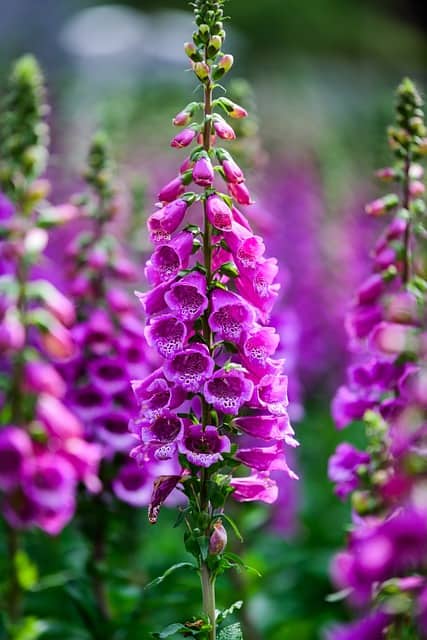
Although traditionally associated with sunnier climates, Foxglove (Digitalis purpurea) can thrive in partial shade in Zone 5, making them a great choice for those looking to attract pollinators. Their stunning pea-shaped flowers bloom along tall spires, creating vertical interest in your garden.
These plants prefer well-draining, rich soil, requiring consistent moisture to flourish. With various colors available, including whites, pinks, and purples, Foxgloves add a touch of elegance and can serve as striking accents when placed behind shorter perennials or against a solid backdrop. Be mindful, however, as all parts of the Foxglove plant are toxic if ingested.
Hosta
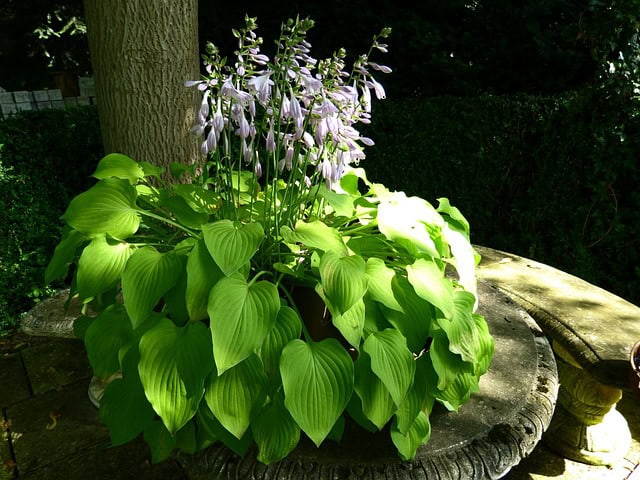
Hostas are perhaps the quintessential shade perennial for gardeners in Zone 5. Renowned for their lush leaves, which range from deep greens to vibrant blues, Hostas offer breathtaking foliage and structure to any garden. They bloom in summer with tall stalks of lavender or white flowers, creating an enchanting display against their showy leaves.
These hardy plants thrive in various soil types, as long as they are adequately moist. With sizes ranging from small to dramatic, you can combine multiple varieties for textural diversity and visual interest. Additionally, their ability to thrive in low-light conditions makes them ideal for shady nooks and borders, where they can steal the show.
Lenten Rose
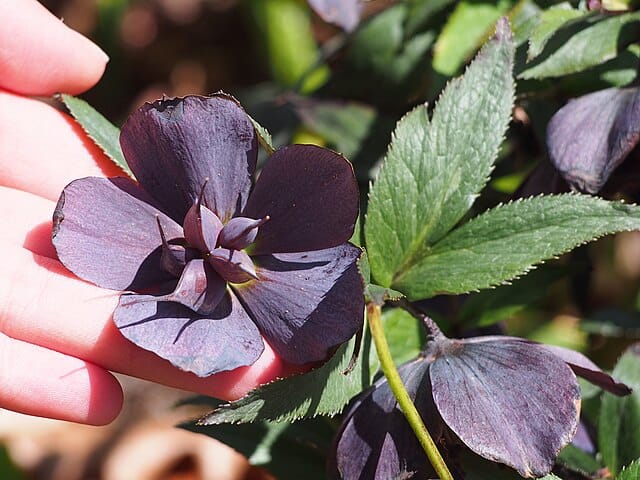
Lenten Rose (Helleborus orientalis) is an enchanting perennial that flourishes in the shade, bringing beauty to the garden even during early spring. Its leathery leaves provide a lovely backdrop for the nodding blooms that emerge in various colors, including cream, pink, and deep purple. These flowers often bloom when snow is still on the ground, bringing much-needed cheer to your garden.
Lenten Roses prefer well-drained, rich soil and do best in partial shade. They can remain evergreen in milder winters, adding year-round interest to your landscape. Because they are deer-resistant, they make an excellent choice for gardeners looking for resilient beauty.
Lily of the Valley
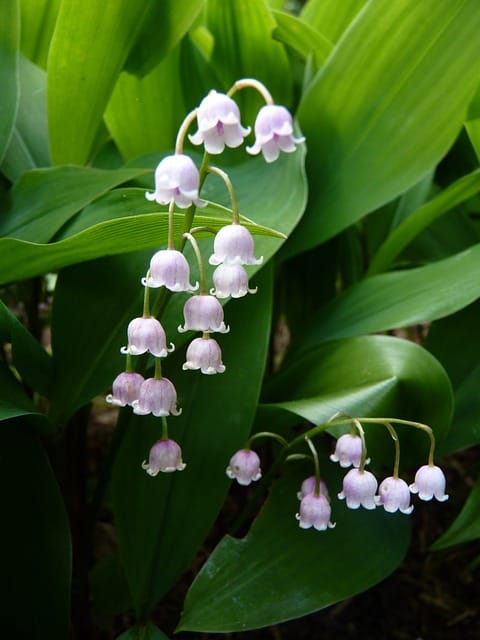
For those craving fragrance, Lily of the Valley (Convallaria majalis) is a luxurious addition to your shady garden. Renowned for its delicate, bell-shaped flowers, this perennial blooms in early spring, releasing a sweet scent that infuses your garden with nostalgia and charm.
Lily of the Valley thrives in moist, well-drained soils and prefers partial shade to full shade conditions. As it’s known for its ability to spread, it can create a lovely, lush ground cover along shady paths or under trees. With minimal care required, these lovely blooms prove that beauty can thrive effortlessly in shaded spaces.
Lungwort

Lungwort (Pulmonaria) is another excellent choice for gardeners dealing with shade. Its attractive spotted foliage appears early in the season, followed by delightful clusters of blue, pink, or white flowers. This unique look offers a splash of bold color to shady areas in your garden.
Lungwort favors moist, well-drained soils and can adapt to different light conditions, though it flourishes best in partial shade. Additionally, Lungwort is often resistant to deer and other animals, making it a practical further option for low-maintenance gardens. Its early spring bloom provides an essential food source for bees awakening from winter, enriching your garden’s ecosystem.
Monkshood
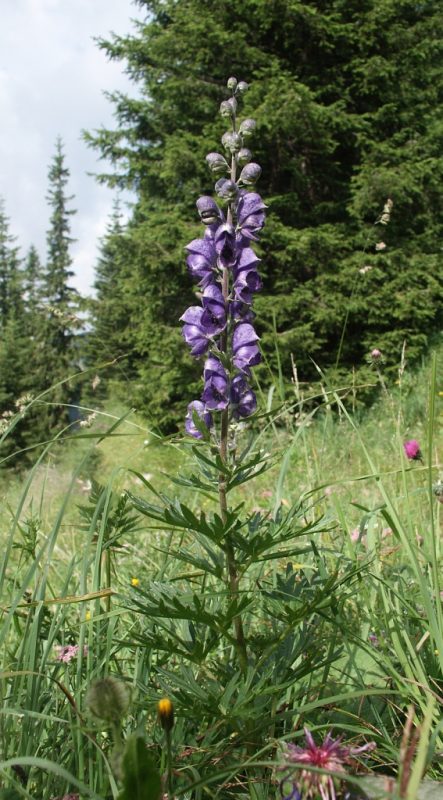
Monkshood (Aconitum), with its striking, hood-shaped flowers, is a dramatic addition to shade gardens. It produces tall, stately spikes of blue or purple blossoms, enhancing vertical interest in your landscaping. Monkshood grows best in rich, moist soils and prefers shady areas, making it a suitable candidate for woodland settings.
Despite its beauty, it’s crucial to remember that Monkshood is toxic if ingested, so it’s essential to plant it where pets and children can’t access it easily. This striking perennial can thrive in the background or mixed within a variety of textures and colors, serving as a standout focal point in your shade garden.
Japanese Pachysandra
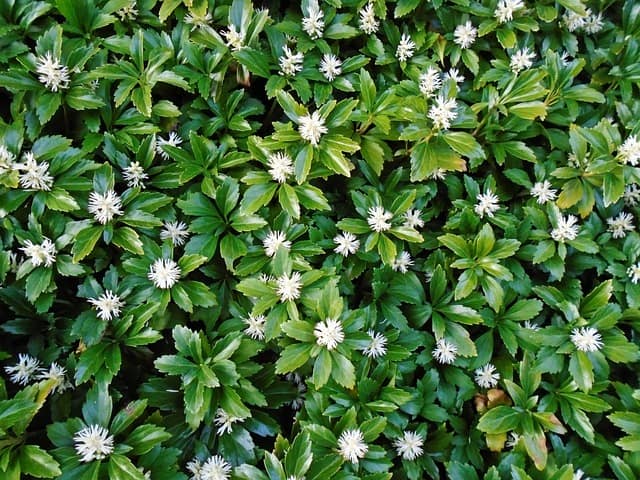
Japanese Pachysandra (Pachysandra terminalis) is a classic ground cover that thrives in shady areas. Its evergreen foliage retains beauty year-round while providing a thick carpet effect in the garden, minimizing weeds and enhancing the aesthetic appeal.
This perennial flourishes in well-drained, moist soils, establishing itself quickly and creating an ideal backdrop for taller shade-loving plants. Its ability to adapt to adverse conditions, such as dry shade or poorly drained soils, makes it a versatile choice for Zone 5 gardens. Consider using Japanese Pachysandra as a base layer for layering contrasting perennials or colorful annuals.
Rodgers Flower
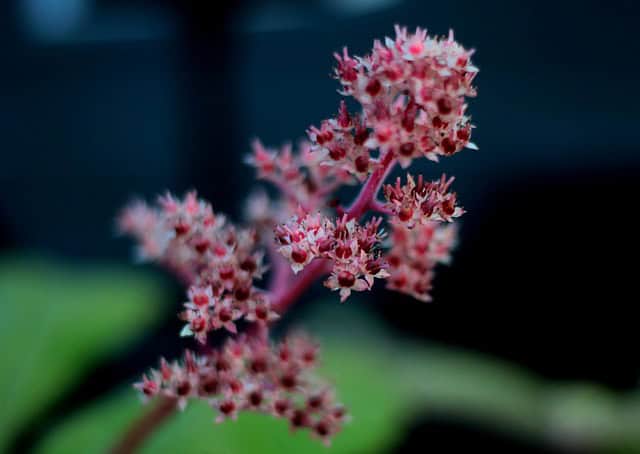
Rodgersia (Rodgersia aesculifolia) combines striking foliage and fluffy flowers in a marvelous way. With large, deeply lobed leaves that can resemble that of a horse-chestnut, this perennial is perfect for creating a dramatic focal point. The feathery flowers emerge in late spring, adding an airy quality to shaded habitats.
Rodgers Flower thrives in damp, rich soils and conditional shade, making it ideal for garden ponds or shaded moist areas. The lush foliage provides a stunning backdrop for lighter-colored plants, making it a perfect companion for other shade perennials. Its robust structure and elegant blooms can give an impression of a more lush, tropical garden.
Trillium
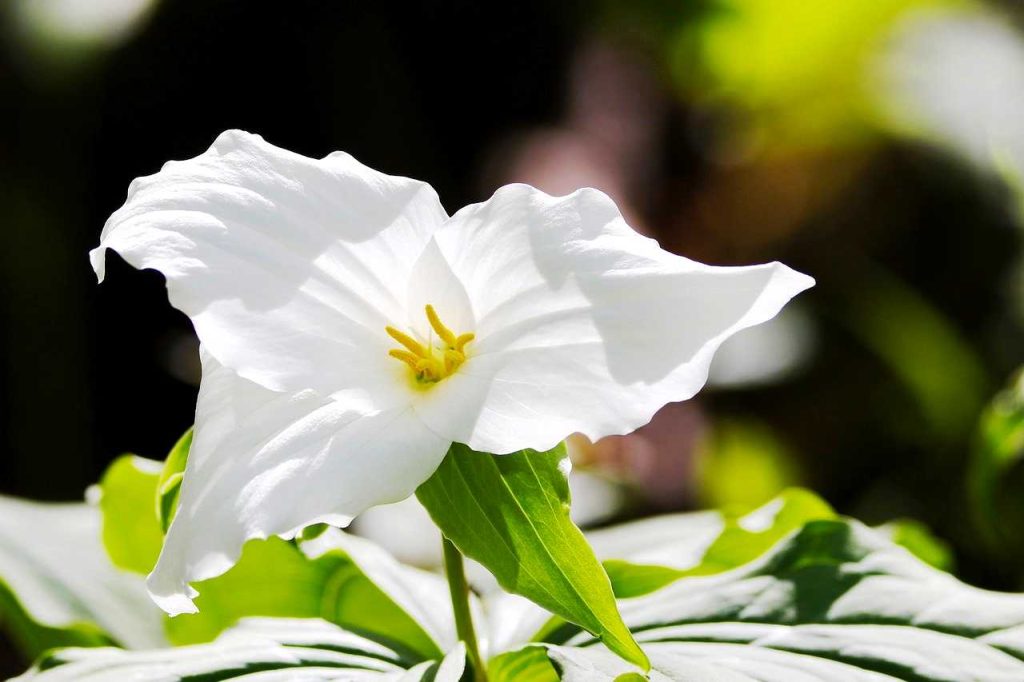
Trillium, often referred to as the “wake robin,” is a stunning native perennial that thrives in the shade of woodlands. With its distinctive three-petaled flowers in various colors, ranging from white to deep purple, Trillium provides a fine accent in shaded glades.
This plant prefers rich, moist, well-drained soils and can tolerate dry shade. Trillium is also a harbinger of spring, returning year after year, gradually populating your garden area. As an ephemerally delicate plant, Trillium’s beauty reminds us of nature’s cycles, making it a delightful addition to any woodland or shade garden.
Toad Lily
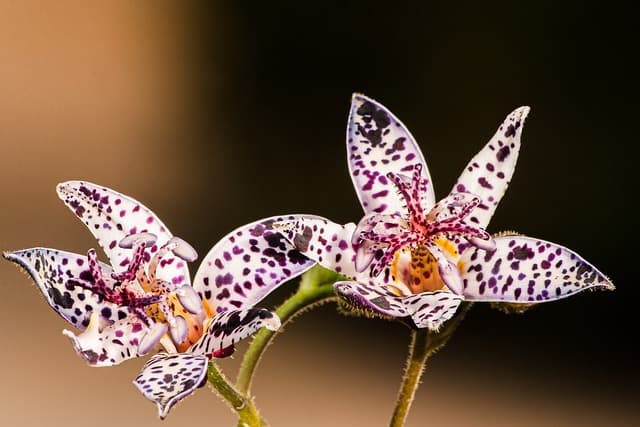
Toad Lily (Tricyrtis) is a unique perennial that captures gardeners’ attention with its exotic-looking flowers that resemble orchids. Blooming in late summer to fall, Toad Lilies provide extended visual interest in a shaded garden as most perennials begin to wane.
Thriving in moist, well-drained soils, Toad Lilies enjoy partial to full shade, making them perfect for dappled light areas. They can easily establish themselves amidst other perennials, offering lovely color and texture. With a fascinating flower structure and wild beauty, Toad Lilies undeniably contribute a sense of the extraordinary to any shaded garden.
Witch Alder
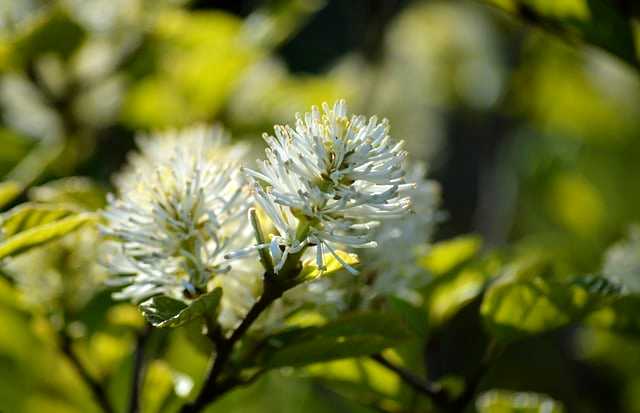
Witch Alder (Fothergilla) is a less common but captivating choice for shaded gardens. With its fragrant flowers appearing in early spring and its brilliant fall foliage, this shrub adds year-round beauty. It thrives in moist, acidic soils and prefers partially shaded to full shaded conditions.
Planting Witch Alder can provide not only visual appeal but also attract various pollinators in spring. Its attractive form lends itself well to naturalistic settings, creating lovely shrub borders or single-specimen plantings. The contrast of its flowers and foliage throughout the seasons promises to elevate your shade garden.


